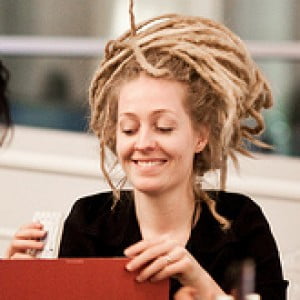
In keeping with the spirit of media archaeology, which seeks to defamiliarize the past, the present work on text-generating mechanisms exists as a web-based text-generating mechanism. On the one hand, this medium allows me to present a comparative history without compromising specificity or reducing the complexity of one moment to a mere reflection of another; yet it still strives for thematic cohesion by using our digital present quite literally as a map for exploring programmatic epistemologies in our past. It lives on the web at: http://www.whitneyannetrettien.com/thesis/



